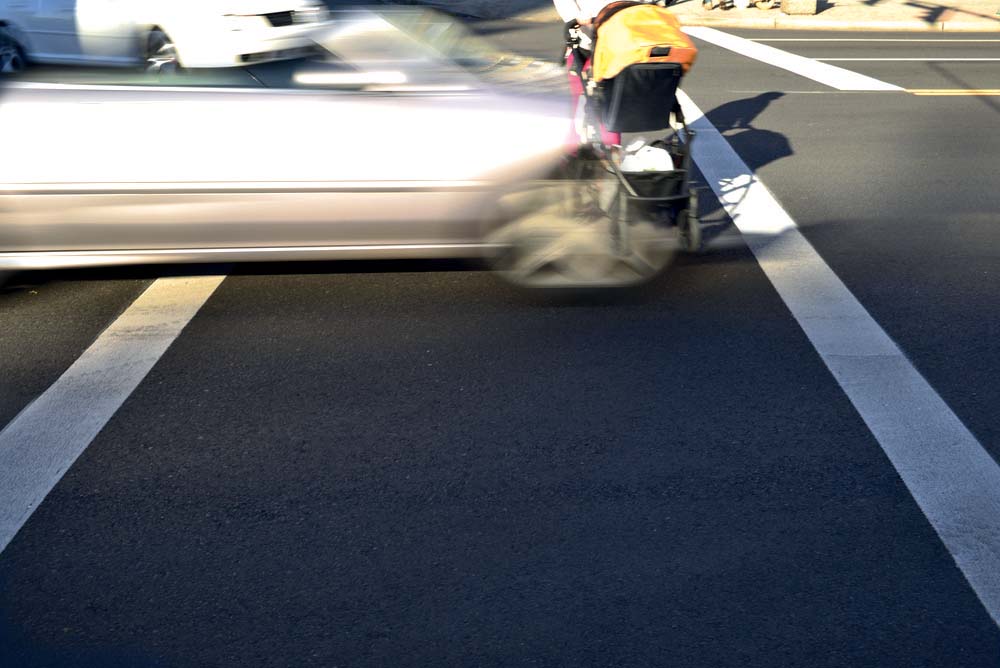The European Court of Justice has stopped a directive designed to ease cross-border exchange of information adopted by the European Parliament and Council in October 2011. This directive sets up a procedure for the exchange of information between member states in relation to eight road traffic offences (speeding, non-use of a seat-belt, failing to stop at a red traffic light, drink-driving, driving under the influence of drugs, failing to wear a crash helmet, use of a forbidden lane and illegally using a m
The European Court of Justice has stopped a directive designed to ease cross-border exchange of information adopted by the European Parliament and Council in October 2011. This directive sets up a procedure for the exchange of information between member states in relation to eight road traffic offences (speeding, non-use of a seat-belt, failing to stop at a red traffic light, drink-driving, driving under the influence of drugs, failing to wear a crash helmet, use of a forbidden lane and illegally using a mobile telephone). Member states may access each other's national vehicle registration data to trace the person liable for the offence.
The European Parliament and Council adopted the Directive on 25 October 2011 without using the correct legal basis required by the Commission, that is, transport safety, and using instead EU police cooperation.
The reasoning behind the annulment is basically technical. According to the Court, the directive was adopted on an incorrect legal basis, saying that both the aim and the content of the directive must be examined in order to determine whether it could validly be adopted, given that the main or predominant aim of the directive is to improve road safety.
However, the Court also decided that the annulment could have negative consequences for EU transport policy and decided that, given the importance of the pursuit of the aims of Directive 2011/82 for the improvement of road safety, it should be maintained for a maximum of one year from the date of judgement, whilst a new directive, based on transport safety, is prepared.
The European Parliament and Council adopted the Directive on 25 October 2011 without using the correct legal basis required by the Commission, that is, transport safety, and using instead EU police cooperation.
The reasoning behind the annulment is basically technical. According to the Court, the directive was adopted on an incorrect legal basis, saying that both the aim and the content of the directive must be examined in order to determine whether it could validly be adopted, given that the main or predominant aim of the directive is to improve road safety.
However, the Court also decided that the annulment could have negative consequences for EU transport policy and decided that, given the importance of the pursuit of the aims of Directive 2011/82 for the improvement of road safety, it should be maintained for a maximum of one year from the date of judgement, whilst a new directive, based on transport safety, is prepared.










